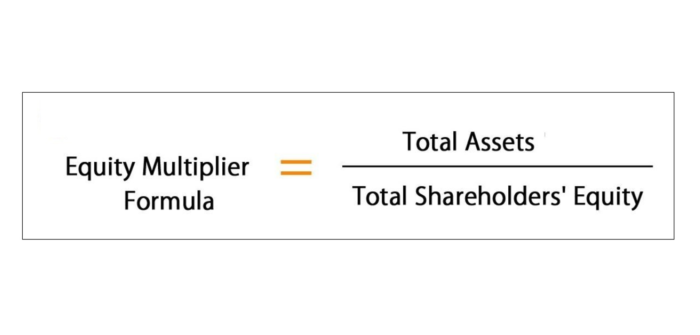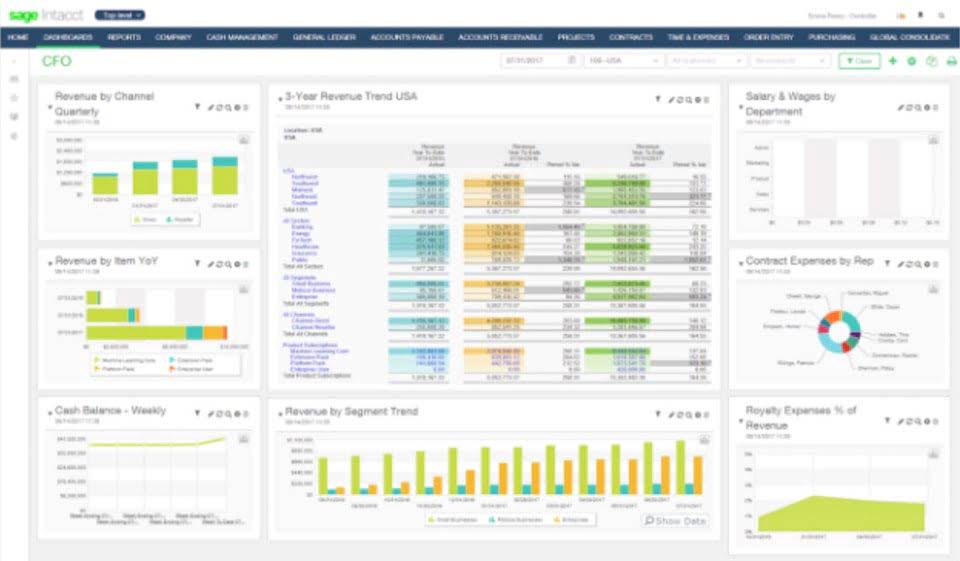
At the end of each month, the business will need to record interest that it expects to pay out on the following day. In addition, the bank will be recording accrued interest income for the same one-month period because it anticipates the borrower will be paying it the following day. When it comes to credit cards, interest is the same as the annual percentage rate (APR).
Access Exclusive Templates
As the end of the accounting period comes near, the borrower and lender must adjust their ledger to account for the interest that accrued. The amount of interest recognized as accrued can be calculated by first dividing the number of days until the end of the month by the number of days in the year (360 days). On the ledger of the borrower, the adjusting entries are a debit to the “Interest Expense” account and a credit to the “Accrued Interest Payable” account.

You want to sell it, but it has been two months since the last payment, so you need to calculate your unpaid interest as of the settlement date. A convertible bond has an embedded option that gives a bondholder the right to convert their bond into the equity of the issuing company or a subsidiary. An interest-paying convertible bond will make coupon payments to bondholders for the duration of time the bond is held. Both cases are posted as reversing entries, meaning that they are subsequently reversed on the first day of the following month.
Accrual Accounting and Accrued Interest
But one way to reduce the amount of interest you’re charged is by paying off your balance on time every month. The lender’s adjusting entry debited “Accrued Interest Receivable” and credited “Interest Income”. Once the interest amount is paid in cash, the journal entries will be adjusted to reflect that the borrower has paid the owed interest to the lender.
- During this period the ownership of the bonds can be freely transferred between investors.
- Once the next accounting period rolls around, these adjusting entries would be reversed.
- Yarilet Perez is an experienced multimedia journalist and fact-checker with a Master of Science in Journalism.
- The company owes the bank interest on the vehicle on the first day of the following month.
- It’s possible for a company to calculate accrued interest by dividing its stated annual interest rate by 365 and multiplying it by the total loan balance and the number of days since the company’s last payment.
- The company has use of the vehicle for the entire prior month, and is, therefore, able to use the vehicle to conduct business and generate revenue.
The last coupon payment was made on March 31, and the next payment will be on September 30, which gives a period of 183 days. The amount of accrued interest for the party who is receiving payment is a credit to the interest revenue account and a debit to the interest receivable account. The receivable is consequently rolled onto the balance sheet and classified as a short-term asset. To illustrate how these principles impact accrued interest, consider a business that takes out a loan to purchase a company vehicle.
Ask a Financial Professional Any Question
In short, the adjustments above reflect how the interest was not yet paid, which is why the “Interest Expense” account was debited, and the “Accrued Interest Payable” account was credited. In the next step, we’ll multiply the resulting figure from above by the annual interest rate (5%). A financial professional accrue interest meaning will offer guidance based on the information provided and offer a no-obligation call to better understand your situation. For information pertaining to the registration status of 11 Financial, please contact the state securities regulators for those states in which 11 Financial maintains a registration filing.
- However, since the buyer did not earn all of the interest accrued over this period, they must pay the bond seller the portion of the interest that the seller earned before selling the bond.
- While a student is still in school, interest accrues on the student loan balance, and the total amount of owed interest is added to the principle of the loan, effectively increasing the monthly interest owed.
- My Accounting Course is a world-class educational resource developed by experts to simplify accounting, finance, & investment analysis topics, so students and professionals can learn and propel their careers.
- Bonds can be traded in the market every day, while their interests are usually paid annually or semi-annually.
- For example, if an individual borrows $2,000 at 8% interest for 6 months, then over the course of five months there will be $10 in accrued interest ($2,000 x .08 X 5/6).
This enables the accrued interest to be included in the lender’s balance sheet as an asset (and in the borrower’s balance sheet as a provision or liability). However if the accounts use the market price as derived by method 2 above, then such an adjustment for accrued interest is not necessary, as it has already been included in the market price. The amount of accrued interest is posted as adjusting entries by both borrowers and lenders at the end of each month. The entry consists of interest income or interest expense on the income statement, and a receivable or payable account on the balance sheet.
Accrual Interest in Accounting – Example
The accrued interest for the party who owes the payment is a credit to the accrued liabilities account and a debit to the interest expense account. The liability is rolled onto the balance sheet as a short-term liability, while the interest expense is presented on the income statement. In accounting, accrued interest refers to the amount of interest that has been incurred, as of a specific date, on a loan or other financial obligation but has not yet been paid out. Accrued interest can either be in the form of accrued interest revenue, for the lender, or accrued interest expense, for the borrower. Generally, when a person borrows money, accrued interest will increase what they owe.

